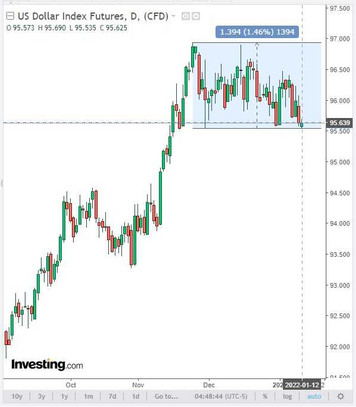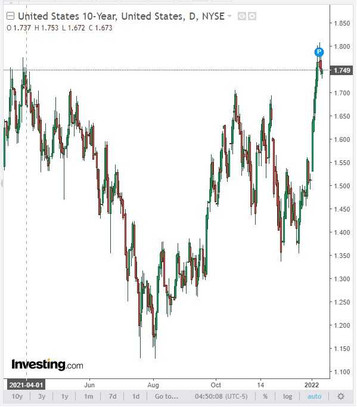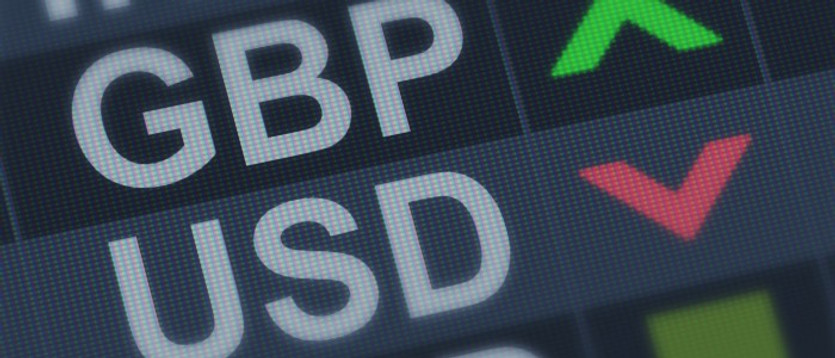Fed Chairman Jerome Powell on Tuesday confirmed that central bank officials are ready to start raising interest rates "to prevent higher inflation from taking hold" and overheating the economy. He also said that “if we see inflation going high over a longer period than expected and we have to raise interest rates even higher over time, then we will”, although Powell expects “a return to normal conditions in the supply sector".
As you know, following the results of the December meeting, the Fed leaders planned three increases in rates by 0.25% each time, and as it became clear from the minutes published last week from this meeting, the process of raising interest rates may begin in March.
Nevertheless, the dollar fell on Tuesday, despite Powell's encouraging speech, and the GBP / USD pair did break yesterday the key long-term resistance level 1.3585, reaching a new 10-week high at 1.3645 during today's Asian trading session.
It is possible that market participants focused on Powell's words that it will take time for interest rates to return to pre-pandemic levels. "It's time to move away from the emergency measures used during the pandemic in favor of more normal policies", he said. "We have a long road ahead of us".
The Fed is in a difficult situation. On the one hand, massive amounts of stimulus from the central bank and the US government have been a compulsory measure in the fight against economic disruptions due to the coronavirus pandemic. On the other hand, they have led to an acceleration in inflation, leaving the central bank with the need for tough policy at this time when inflation is well above multi-year highs. However, Fed officials fear that a sharp increase in rates will worsen the situation on the labor market. One way or another, despite a significant improvement in the state of the labor market (the unemployment rate fell to 3.9% in December, below the level of four years ago), the number of jobs remains now 3.6 million fewer than before the pandemic.
At the same time, high wages and increased demand for goods have led to supply chain disruptions and shortages, pushing annual inflation rates to highs in several decades. The core personal consumption expenditure price index (Core PCE), preferred by the Fed as an indicator of inflation and excluding volatile food and energy prices, rose 4.7% in November over the same period last year, well above the target the level of the central bank, set at around 2.0%.
Investors concluded that the actions of the Fed leaders are not yet definitively predetermined and may again be adjusted depending on the situation. This brought back their interest in buying more profitable assets, which also predetermined the dollar's decline. So, on Tuesday, the US broad market S&P 500 index rose 2.9% against a local 3-week low of 4582.0, reached earlier this week, and the DXY dollar index fell to a local low of 95.54, reached at the end of November.

At the same time, the returned “risk appetite” is forcing strategic investors to withdraw from traditional defensive government bonds, which pushes their yields up (at the end of last week, the yield on US 10-year bonds reached 1.808%, which corresponds to the levels of early April 2021). And this is a balancing factor in this situation that supports the dollar.






